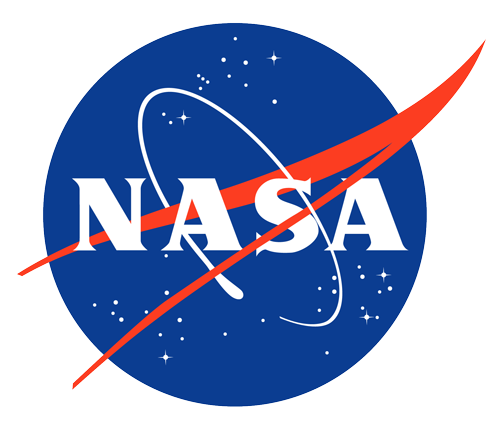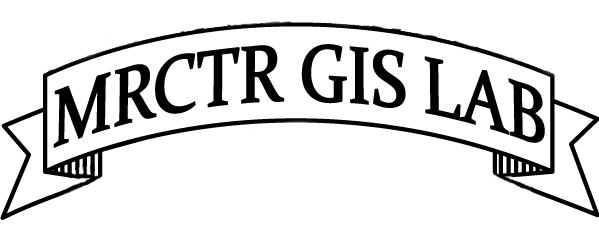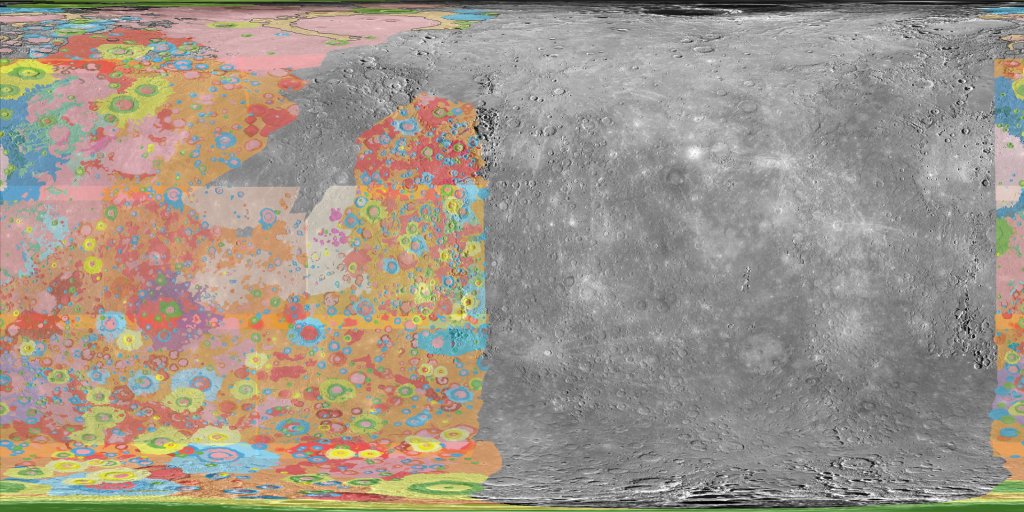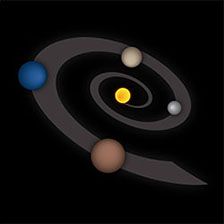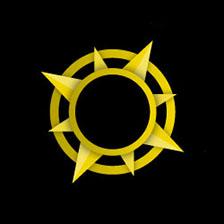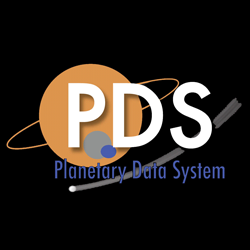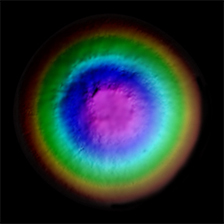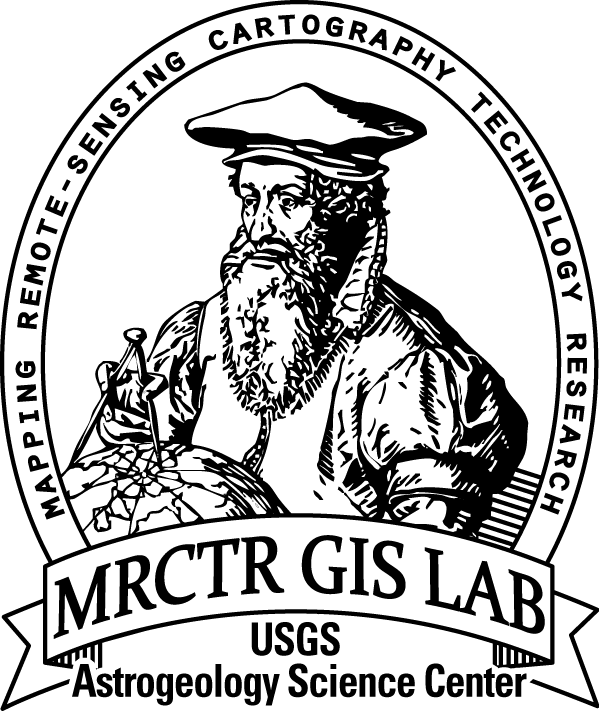Mercury 5M GIS Conversion
- Primary Authors
- Marc Hunter
- Originators
- Donna Galuszka
- Publisher
- USGS Astrogeology Science Center
- Publication Date
- 2016-05-16
- Abstract
- These polygons are beased on the original created 1:5M geologic maps for Mercury as published in the late 80's and early 90's as created by several authors. The original GIS conversion was completed in 1999 using older photomosaic bases as part of a larger digitization effort. To make this dataset more useful with modern data it has been smoothed (ArcGIS PAEK smoothing method with a tolerance of 10 km) and transformed (projective transformation) to align with the 2013 Messenger base map. Links used to transform the data are included with this documentation. A polyline feature class was then derived from the polygons and attributed with contact types. All datasets use the slightly smaller Mercury radius of 2439000 m rather than the Mercury 2000 radius of 2439700 m. References: Geologic Map of the Bach Region of Mercury; H-15; Strom, RG, et al. Geologic Map of the Beethoven Quadrangle of Mercury; H-7; King, J.S., et al. Geologic Map of the Borealis Region of Mercury; H-01; Grolier, M.J., et al. Geologic Map of the Discovery Quadrangle of Mercury; H-11; Trask, N.J., et al. Geologic Map of the Kuiper Quadrangle of Mercury; H-6; De Hon, Rene, et al. Geologic Map of the Michelangelo Quadrangle of Mercury; H-12; Spudis, P.D., et al. Geologic Map of the Shakespeare Quadrangle of Mercury; H-3; Guest, John, et al. Geologic Map of the Tolstoj Quadrangle of Mercury; H-8; Schaber, G.G., et al. Geologic Map of the Victoria Quadrangle of Mercury; H-2; McGill, George, et al. All mid 80' to early 90's http://planetarymapping.wr.usgs.gov/Target/project/16
- Purpose
- Updated converted GIS maps to a more current MESSENGER base map.
Contact and Distribution
- Format
- Geologic Map
- Access Constraints
- None
- Access Scope
- MRCTR
- Use Constraints
- None
- Edition
- 2.0
- Supplemental Information
- http://planetarymapping.wr.usgs.gov/Target/project/16
- Native Data Set Environment
- ESRI Arcinfo, GDAL
- Astrogeology Theme
- Geographic Information System (GIS), Geology, Photogeology
- Mission Names
- Mariner
- Online Package Link
- https://astrogeology.usgs.gov/search/map/mercury_5m_gis_conversion
- External File Size
- 744380978
- Online File Link
- http://astropedia.astrogeology.usgs.gov/download/Mercury/Geology/Mercury_5M_GIS_conversion_v2.zip
- Contact Address
- 2255 N. Gemini Drive
- Contact City
- Flagstaff
- Contact State
- AZ
- Contact Postal Code
- 86001
- Contact Email
- astroweb@usgs.gov
Data Status and Quality
- Time Period of Content (start)
- 2016-04-01
- Time Period of Content (stop)
- 2016-05-16
- Currentness Reference
- Publication date
- Progress
- Complete
- Update Frequency
- None planned
- Logical Consistency
- warped original GIS layers to more current MESSENGER-based base map
- Completeness Report
- These do not cover Mercury. Coverage only available for original maps.
- Process Description
- To make the original GIS conversion more useful with modern data it has been smoothed (ArcGIS PAEK smoothing method with a tolerance of 10 km) and transformed (projective transformation) to align with the 2013 Messenger basemap. Links used to transform the data are included with this documentation.
- Source Title
- Geologic Maps of the yyyy Region of Mars
- Source Online Linkage
- http://planetarymapping.wr.usgs.gov/Target/project/16
- Source PDS Archive
- Magellan
- Attribute Accuracy Report
- Best Effort
- Horizontal Positional Accuracy Report
- Best Effort
- Vertical Positional Accuracy Report
- Best Effort
Geospatial Information
- Target
- Mercury
- Minimum Latitude
- -90
- Maximum Latitude
- 90
- Minimum Longitude
- -180
- Maximum Longitude
- 180
- Direct Spatial Reference Method
- Vector
- Object Type
- Grid Cell
- Quad System
- Mercury 1:5M
- Quad Name
- Radius A
- 2439000
- Radius C
- 2439000
- Control Net
- MESSENGER
- Map Scale (hard-copy)
- 5000000
- Map Projection Name
- Simple Cylindrical
- Latitude Type
- Planetocentric
- Longitude Direction
- Positive East
- Longitude Domain
- -180 to 180

